HotSpots H2O: Tensions Rise as India, China Clash Over Proposed Chinese Dam

The Brahmaputra (Yarlung Tsangpo) River. © Santanu Sen
Tensions spiked between China and India this month after the Chinese government announced plans to build a dam across one of the major waterways flowing from Tibet.
If built, the dam would be the biggest hydropower project in the country, a 60-gigawatt facility that would aid China in reaching carbon neutrality by 2060, according to Power Construction Corporation of China. The dam’s exact location is still unknown, but Chinese officials in Beijing suggested it could be close to where the Yarlung Tsangpo flows into India, an area called “The Great Bend.” The river is called the Brahmaputra in downstream India and Bangladesh.
On the other side of the border, Indian officials are concerned a new dam could lead to increased flash floods downstream, water scarcity, and the possibility of weaponized water, reported the South China Morning Post. The project also prompted Indian officials to announce that they are considering a dam on their side of the river, to mitigate the effects of the Chinese dam. The possibility of two dams raised questions about ecological stability.
“The region has a history of avalanches and landslides and it’s also a hazard-prone region since it is tectonically active,” Sayanangshu Modak, a junior fellow at the Observer Research Foundation, told the South China Morning Post. “If there’s an accident and the dam bursts, it could wreak havoc (in India). But China would not lose anything since the location is where the river exits China. It will impact India, downstream.”
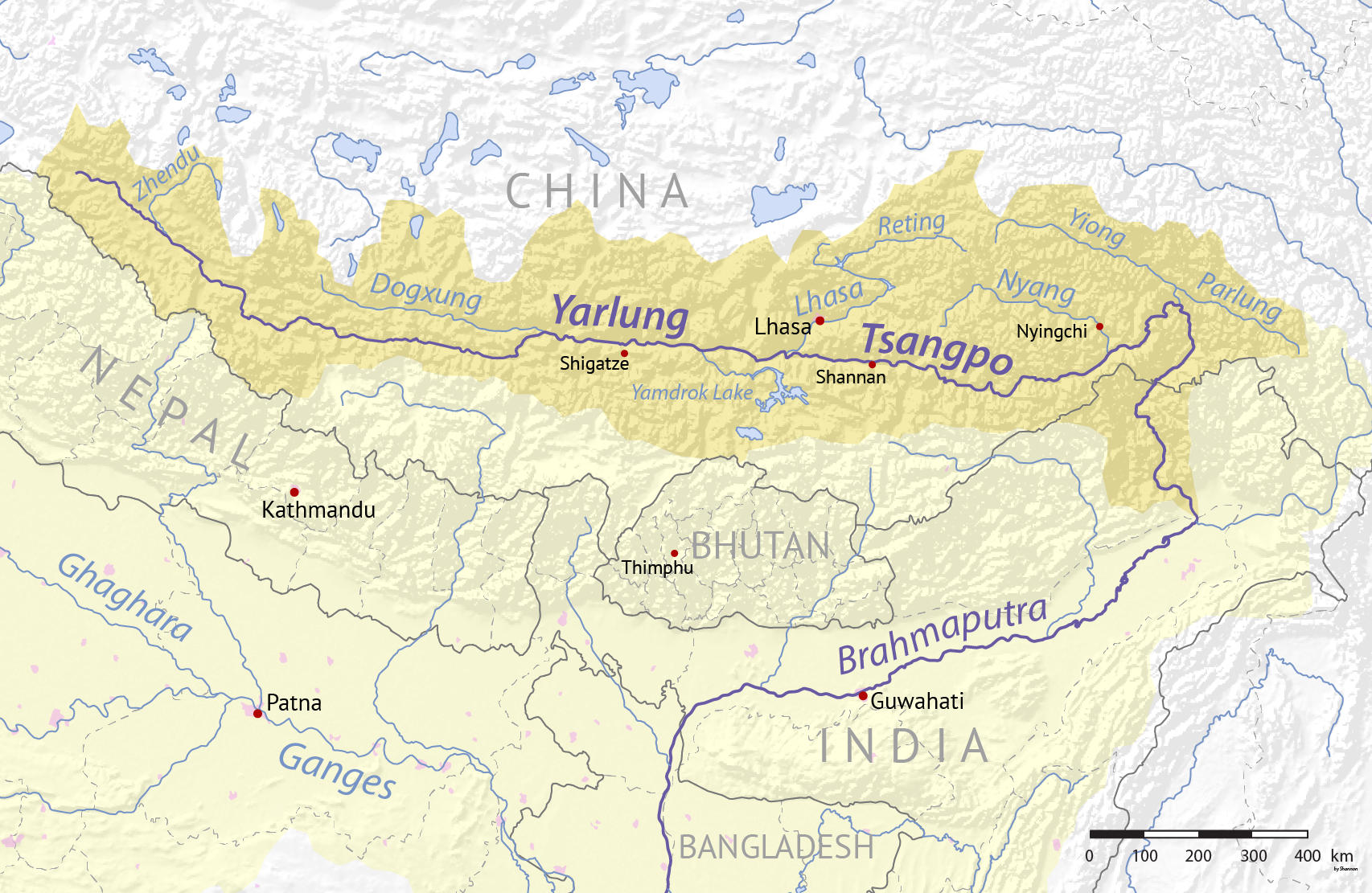
A map of the Yarlung Zangbo River in the Tibet Autonomous Region, China running down to the Brahmaputra River in India. © Wikimedia Commons
The dam also could inflame a border dispute that has been stewing between India and China for nearly seven decades. Over the last year, the two countries have clashed over the 2,100-mile segment of border in the Himalayan region that is imprecisely drawn. The area has seen violent altercations recently, including one in June where 20 Indian soldiers were killed and in September when China claimed Indian troops fired shots at Chinese soldiers.
This mutual mistrust, along with the fact that the two countries do not have a water-sharing treaty, has laid groundwork for the current conflict. The countries did sign a 2002 agreement to share hydrological data, yet the border dispute has cut relations in that field as well.
“The concern [from South Asian countries] has always been there,” Farwar Aamer, a director at the EastWest Institute South Asia program, told Radio Free Asia. “[China using the river] as a strategic tool is one thing, but could eventually be weaponized.”
These fears were realized following confrontations this summer when satellite images noted an effort from Chinese officials to use bulldozers to block or disturb the water that flows from the Galwan river. Concerns are compounded by a U.S. research company that found China’s 11 Mekong river dams held back water from downstream countries during a deadly drought earlier this year — a claim that China disputes.
The Chinese embassy in New Delhi has since assured India that the new dam is still in its early stages, and its downstream impacts will be thoroughly tested.
“At present, the downstream development of the Yarlung Tsangpo River is still in the stage of preliminary planning and demonstration,” a spokesperson for the Chinese embassy said earlier this month. “There is no need to over-interpret it.”
Elena Bruess writes on the intersection of environment, health, and human rights for Circle of Blue and covers international conflict and water for Circle of Blue’s HotSpots H2O.

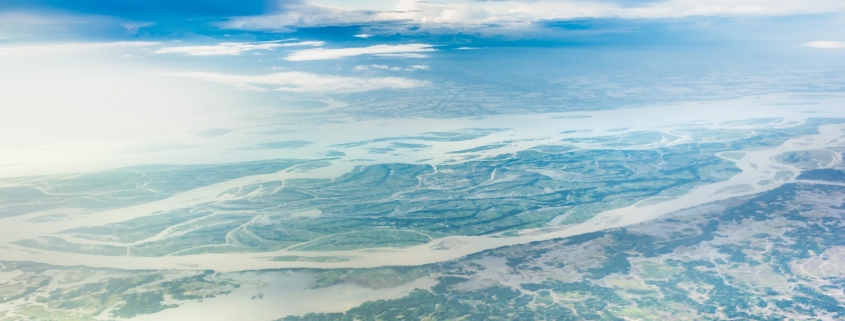

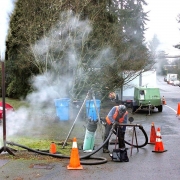

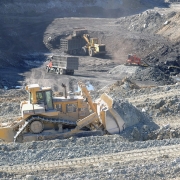
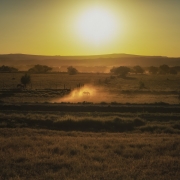
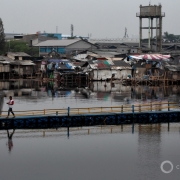
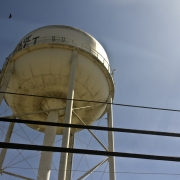




The prospect of Chinese carbon neutrality is a joke. Let’s hope China can get to where the United States was in 1980, 40 years ago. If that were to happen in China, India, and Russia, the global environment would be tremendously improved. Our global environmental problems are seated in China, India, and Russia, not here and not in Europe.